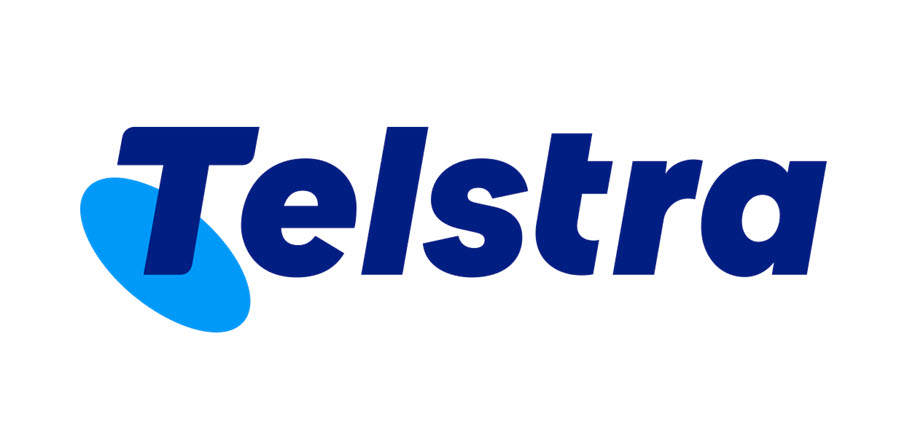Telstra Group, Australia’s largest telecommunications company, has posted a strong set of results for its fiscal year ending June 30, 2025, reporting a 31% increase in annual profit driven by robust growth in its mobile division.
The company also announced a $1 billion share buyback (approximately US$654 million), signaling management’s confidence in its earnings trajectory and balance sheet strength.
The telecom giant’s net profit rose to $2.34 billion, up from $1.79 billion the year before. This result matched market expectations, with analysts polled by Visible Alpha forecasting precisely the same figure. Telstra credited the growth primarily to continued momentum in mobile services, including 5G expansion, improved customer retention, and higher average revenue per user (ARPU).
In a competitive Australian telecom market, mobile has become Telstra’s primary growth engine, helping offset challenges in other business segments such as fixed-line services.
In addition to the buyback announcement, Telstra declared a final dividend of 9.5 Australian cents per share, slightly higher than last year’s 9 cents. This dividend increase, while modest, reflects the company’s consistent shareholder return policy.
Combined with the buyback program, Telstra is returning significant capital to investors—a move that often appeals to long-term income-focused shareholders seeking stable dividends from blue-chip ASX stocks.
Management also provided guidance for the upcoming fiscal year. Telstra expects operating earnings (EBITDA) between $8.15 billion and $8.45 billion for fiscal 2026, up from $8.02 billion in fiscal 2025.
This projection suggests the company anticipates further growth in its mobile business, cost optimization initiatives, and increased demand for premium connectivity solutions.
The guidance aligns with Telstra’s broader 2030 strategy, which focuses on expanding cash earnings and improving operational efficiency in a rapidly evolving telecommunications landscape.
The share buyback plan is a key focal point for investors. This $1 billion repurchase follows an earlier $750 million buyback announced in February, underscoring Telstra’s strong free cash flow generation.
Share buybacks can enhance shareholder value by reducing the number of shares on the market, thereby increasing earnings per share (EPS) and potentially supporting the stock price. In Telstra’s case, the move is backed by what the company describes as a “strong balance sheet” and steady cash flows from recurring telecom revenues.
Beyond the headline numbers, Telstra’s strategic direction is notable. The company has been investing heavily in its 5G network rollout, targeting nationwide coverage to solidify its competitive position against rivals like Optus and Vodafone Australia.
Mobile subscriber growth and network quality are increasingly important as data consumption soars, particularly with the rise of remote work, streaming, and cloud-based services.
The mobile segment’s strength has been a bright spot, helping to offset pressures in legacy fixed-line services, which continue to face decline as consumers migrate to mobile and broadband alternatives.
Telstra has also been working on digitizing customer experiences, introducing self-service platforms, and leveraging artificial intelligence to improve service delivery and reduce costs.
International investors may take note of the currency context as well. With the Australian dollar trading around 1.5286 to the US dollar at the time of the results, Telstra’s returns may look different depending on currency movements.
This is particularly relevant for global funds and US-based ADR investors in Australian stocks.
Telstra’s performance comes at a time when the global telecom sector faces mixed fortunes.
On one hand, the long-term demand for data and connectivity is growing, which benefits large-scale operators.
On the other, telecom companies worldwide are contending with high capital expenditure needs, competitive pricing pressures, and regulatory challenges. In this environment, Telstra’s ability to grow profits and return capital through buybacks and dividends reflects disciplined financial management.
Analysts tracking the ASX telecommunications sector are likely to watch how Telstra deploys its cash flows over the next few years. With Australia’s telecom market relatively mature, incremental revenue growth depends on technology upgrades, service differentiation, and capturing market share from competitors.
Telstra’s strong brand and network reliability remain key advantages, but continued investment in infrastructure will be essential.
The buyback could also signal management’s belief that Telstra’s shares are undervalued relative to the company’s earnings potential. This could attract both value investors looking for stable dividend stocks and growth investors seeking exposure to Australia’s leading telecom name.
Looking ahead, Telstra’s fiscal 2026 will be shaped by multiple factors: the pace of 5G adoption, ongoing operational efficiency measures, potential acquisitions or partnerships in related technology sectors, and broader macroeconomic conditions, including interest rates and consumer spending trends in Australia.
The company’s guidance suggests confidence in navigating these dynamics while maintaining shareholder-friendly policies.
For investors, the combination of a strong mobile business, growing earnings, and significant capital returns positions Telstra as one of the more compelling large-cap plays on the Australian Securities Exchange.
Those seeking dividend income may be drawn to the company’s steady payout history, while those focused on total return may view the buyback as an additional catalyst.
In short, Telstra’s latest earnings show a company not only benefiting from its operational strengths but also actively rewarding shareholders.
With a $654 million buyback on the table, higher dividends, and clear earnings growth targets, the telecom giant appears well-positioned to balance capital investment with consistent returns—a balance that many investors in the telecommunications sector continue to seek.



